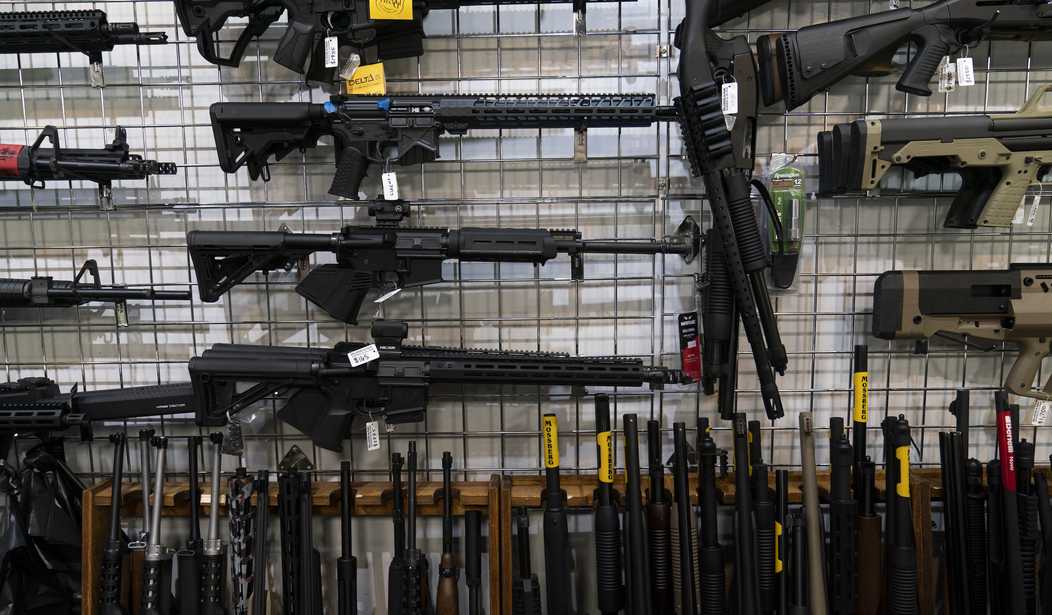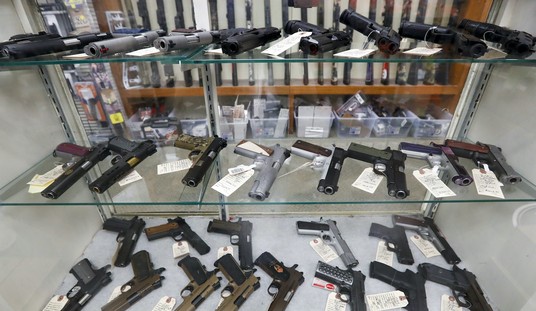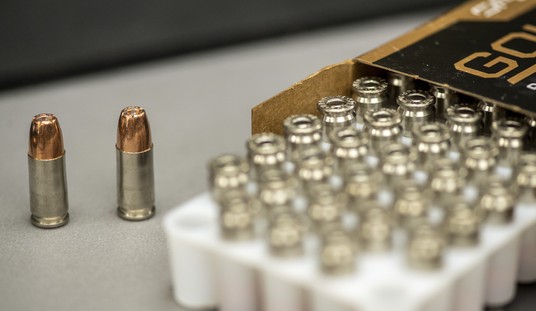While the legal challenges to the statewide ban on “assault weapons” and “large capacity” magazines is just getting started, there are some lawsuits taking on local bans that have been on the books for several years that are a little further along. One of them is called National Association of Gun Rights v. Highland Park, and last Friday the Chicago suburb issued its reply to NAGR’s request for an injunction blocking enforcement of the law.
The brief, authored with the help of attorneys from the gun control group Brady, can be seen as a preview of the arguments raised by the state of Illinois in its defense of the new gun ban, and one of the first things that stands out is that rather than try to find historical analogues for bans on “assault weapons”, Highland Park argues that the Second Amendment isn’t even implicated by the ban because semi-automatic firearms aren’t protected arms.
The Supreme Court has not specified how legislatures and courts are to determine whether a modern weapon is “in common use.” The Court said that handguns—America’s “most popular” firearm—are “in common use” today. But Plaintiffs do not suggest that the assault weapons at issue, primarily AR-15-style assault weapons, are as commonly used as handguns. Instead, they assert that these weapons must be considered in “common use” because “the number of AR-15 rifles and other modern sporting rifles in circulation in the United States exceeds twenty-four million.” That is not sufficient to carry their burden.
Plaintiffs’ statistic does not address the question that Heller and Bruen require Plaintiffs to answer. The number of weapons “in circulation” merely counts the number of such weapons produced or imported into the country, less exports. See Ex. 22, NSSF, “Commonly Owned: NSSF Announces Over 24 Million MSRs in Circulation” (July 20, 2022). This figure, which presumably includes weapons in the possession of law enforcement agencies and criminals, and those on store shelves or in warehouses, is almost certainly an over-estimation of the number of weapons lawfully possessed by civilians. The number also says nothing about the frequency with which these weapons are used for lawful purposes.
Even starting with this inflated number, this lone statistic does not carry Plaintiffs’ burden. Heller and Bruen command an approach rooted in “history.” The Court “relied on the historical understanding of the [Second] Amendment to demark the limits on the exercise of that right.” According to the historical approach, the general meaning of the Second Amendment is “fixed,” but also “applies to new circumstances.” In other words, courts must extract general principles or definitions from the historical understanding, and then apply them to modern weapons and circumstances. The “common use” rule emerges from that historical understanding. That is, the Supreme Court has declared that weapons “in common use” at the time of the Founding were protected by the Second Amendment. At a minimum, the Supreme Court’s historical approach indicates that a modern weapon can be considered “in common use” only if it is as commonly used as weapons that the Second Amendment protected at the time of the Founding.
This is a nutty argument, to put it mildly. Modern sporting rifles are the most commonly-sold style of rifle in the United States today, which by itself indicates that they’re in common use. But the Brady argument suffers from another, more fundamental flaw when it declares that modern firearms can only be considered in common use if they’re as commonly used as 2A-protected arms at the time of the Founding.
In Caetano, the Supreme Court ruled that a Massachusetts court decision upholding a ban on stun guns contradicted the precedent established in Heller that “the Second Amendment extends, prima facie, to all instruments that constitute bearable arms, even those that were not in existence at the time of the founding.” The state of Massachusetts’ argument that stun guns were “dangerous and unusual” because they weren’t around in 1791 didn’t hold up to judicial scrutiny in 2016, and I don’t think Brady’s argument is going to pass the smell test in 2023.
Pistols weren’t all that common at the time of the Founding; certainly far less so than smoothbore muskets or long rifles. And yet the Supreme Court has explicitly held that handguns are protected by the Second Amendment, which is a conundrum Highland Park simply can’t talk its way out of.
Instead, the attorneys next argue that the guns the town has banned are “dangerous and unusual”; another ham-handed attempt to strip modern sporting rifles of their 2A protections, claiming that “assault weapons were originally created as weapons of modern warfare during the Cold War, in the 1950s and 1960s,” while ignoring the fact that semi-automatic rifles have been available in the civilian market since the early 1960s.
Plaintiffs contend that there is a significant “practical difference” between military and civilian assault weapons—military weapons (like M-16s) can fire in either semi-automatic or full automatic mode, while civilian weapons (like AR-15s) can fire only in semi-automatic mode. Mot. 13. But this does not help Plaintiffs. The fact that fully automatic weapons are banned by federal law, as Plaintiffs point out, does not mean that weapons dissimilar to them in any respect may not be banned. The Supreme Court has also upheld a ban on short-barreled shotguns, which also cannot fire multiple rounds with a single pull of the trigger. The difference in trigger mechanism is immaterial compared to what does matter: whether semi-automatic weapons are unusually dangerous. The evidence is clear that they are. Indeed, semi-automatic weapons are, in fact, even more lethal than fully automatic weapons.
Note that Highland Park (and the Brady attorneys) didn’t claim that semi-automatic “assault weapons” are more lethal than fully automatic rifles. They applied that designation to all semi-autos, which would encompass the vast majority of handguns sold in the United States. You know, the handguns that the Supreme Court has already said are protected arms under the Second Amendment.
Now, maybe these attorneys are just absolute morons who’ve somehow never heard of the Heller decision, but I doubt that’s the case. Highland Park’s argument doesn’t make much sense in light of the Heller decision, but maybe that’s because the attorneys who wrote it aren’t interested in upholding or abiding by Heller, but getting rid of it instead.








Join the conversation as a VIP Member